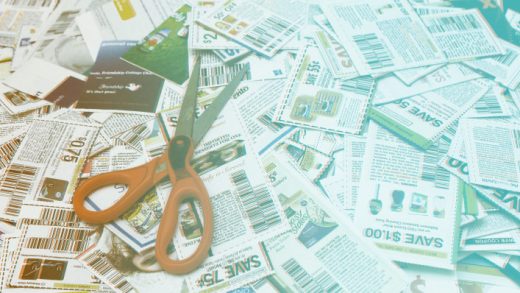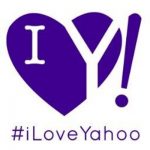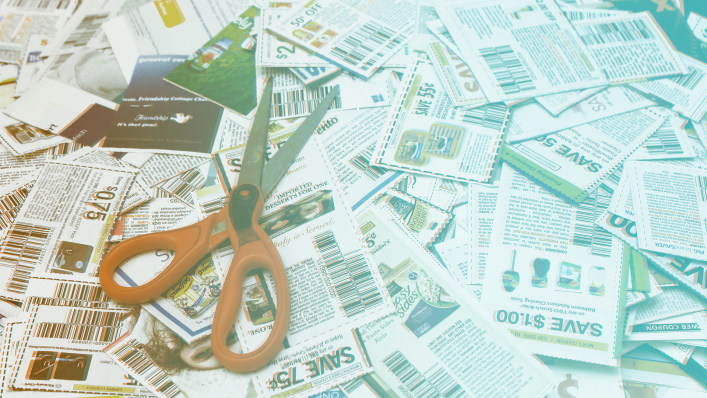Why Yahoo Thinks It May Be Time To Blow Up Your Inbox
How we use email has changed a lot since the ’90s, but the way we receive it hasn’t changed much at all. Sure, our mailboxes are bigger, and the messages look a little fancier, but by and large email’s still just an ever-growing list of messages, trailing off toward infinity in reverse chronological order.
But if an experimental mail program design from Yahoo takes off, the inbox itself could become a thing of the past. At the Association for Computing Machinery‘s recent conference on human-computer interaction, the Sunnyvale, Calif. tech giant unveiled a prototype design called CardMail that replaces the venerable inbox view with a set of lists in categories like travel, deals, events, and receipts.
Within each category, CardMail messages are sorted in an order that makes sense rather than simply the order they came in. Airlines could be sorted by flight times, for instance, and information about an event or deal is displayed in a newsfeed-style post, rather than simply showing the first few words from the message.
“The way I think about it is, if someone had come to you with a design problem today, and said we’re building this system that’s going to manage all your receipts, all your deals, all your tickets to events, all your travel information, would you design a system that’s a reverse chronological list of senders and subject?” asks Frank Bentley, a senior principal researcher at Yahoo. “Probably not.”
At the conference, Bentley and a team of researchers presented results of a personal email use study that led them to test ideas for new kinds of interfaces designed for how email is used today.
When the researchers asked survey participants–who included Yahoo users along with those loyal to rival mail products from companies like Google and Microsoft–to check when they had last sent an email from a personal account, the median participant hadn’t sent one in two days–and 25% of those surveyed hadn’t sent an email in 10 days or more. It’s not that people aren’t talking to each other online, of course, it’s just that social media has taken over. People are more likely to send quick messages to friends and family through texting apps like WhatsApp or Facebook Messenger, share photos through Instagram or Snapchat, or share broad life updates on their Facebook feeds.
And it’s not that the people surveyed weren’t active email users–many of them still checked their email multiple times a day, looking for the latest deals and other updates from companies they did business with, even without sending out personal letters.
“One of the main findings in the paper is sort of this redefinition of what email overload is,” says Bentley. “Back in the ’90s, people were talking about email overload in terms of having too much email to respond to.”
Now, at least when it comes to personal accounts, they’re more likely to be referring to a deluge of coupons, purchase confirmations, and other business correspondence that makes it difficult to find messages they’re looking for. Even with good text search tools in modern email clients, plane tickets can still get lost in a sea of coupons and frequent-flyer program updates from the same airline, Bentley says.
“They’re really trying to get through all of the commercial mail they receive–and they love,” says Bentley.
And users take advantage of the messages they’re getting–46% of survey respondents telling Yahoo they had used a coupon or deal from an email within the past week. And they weren’t reluctant to unsubscribe from lists they were no longer interested in–20% of respondents in one survey had done so in the previous week. Still, the sheer volume of commercial messages had led many participants to abandon old accounts to start over anew, and many had given up any attempt at organizing their inboxes or even opening every message.
“People are treating their email much more like a Facebook feed,” Bentley says, scrolling through, clicking on interesting messages and simply ignoring others.
That led Bentley and his coauthors to put together the CardMail design, which Yahoo is still tinkering with–there is no timeline for a public release.
Attempts to declutter our inboxes are not new: Yahoo already offers what it calls Smart Views, letting users filter their emails into categories like travel and shopping, and rivals like Google offer similar groupings. And email services from Google and Microsoft can automatically pull event and ticket information from email messages into their calendar apps. The CardMail concept goes further, doing away with the traditional inbox view altogether.
“We have done some studies where we’ve had people log in and use (CardMail) with their own emails,” he says. “People like that it’s surfacing what’s relevant to them right now.”
We’re using email for e-comm and couponing more than ever—and Yahoo’s experimental CardMail client aims to make better sense of the daily deluge.
How we use email has changed a lot since the ’90s, but the way we receive it hasn’t changed much at all. Sure, our mailboxes are bigger, and the messages look a little fancier, but by and large email’s still just an ever-growing list of messages, trailing off toward infinity in reverse chronological order.
Fast Company , Read Full Story
(29)














